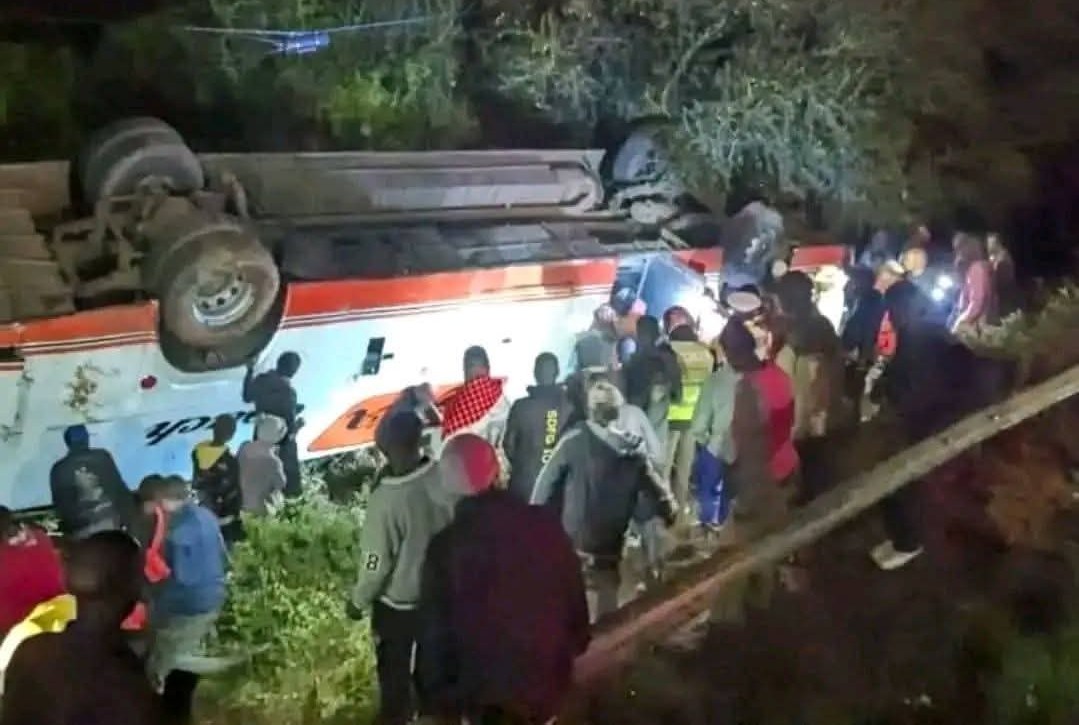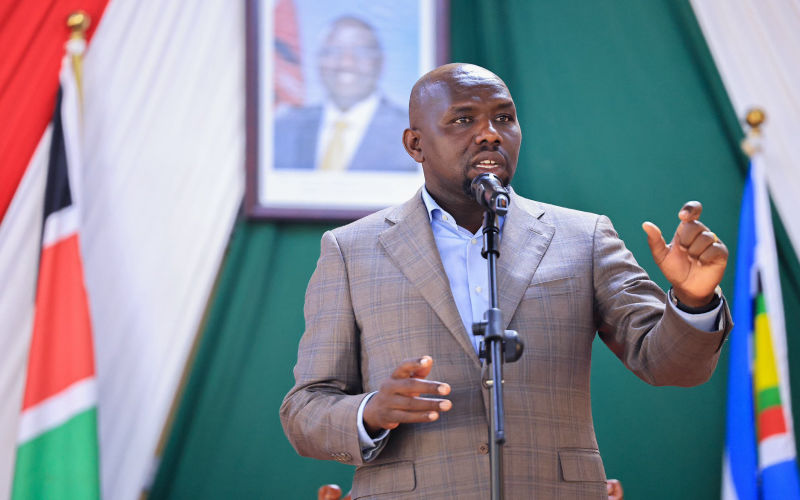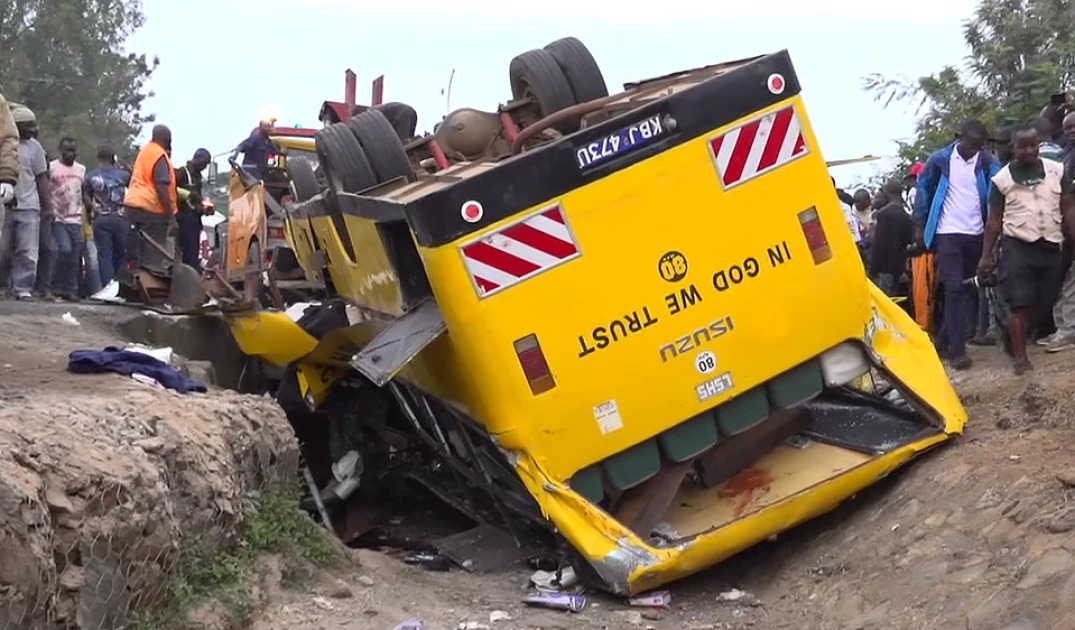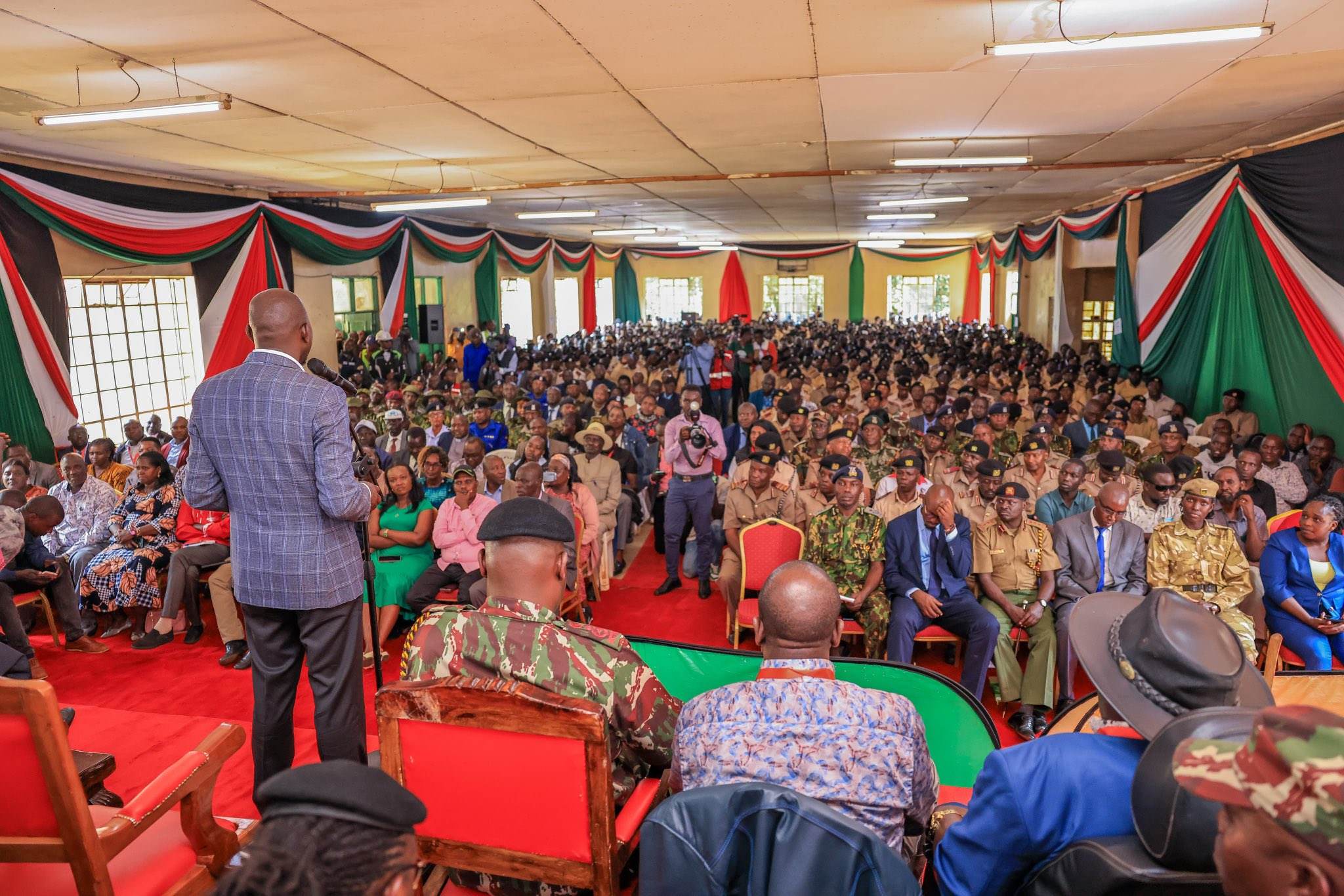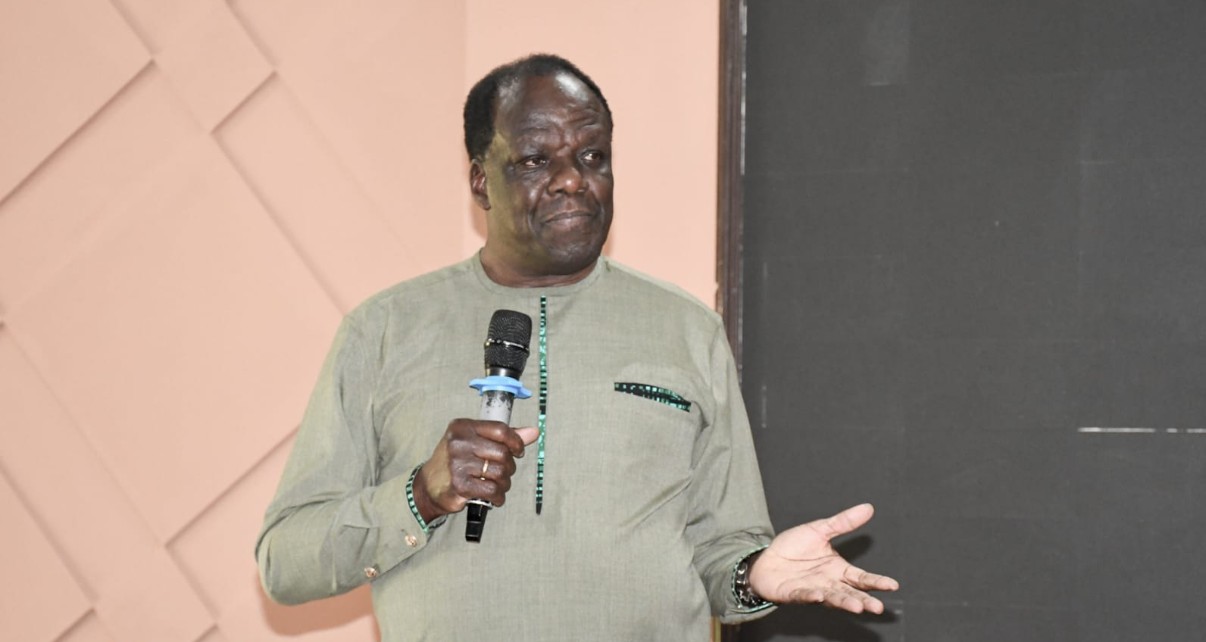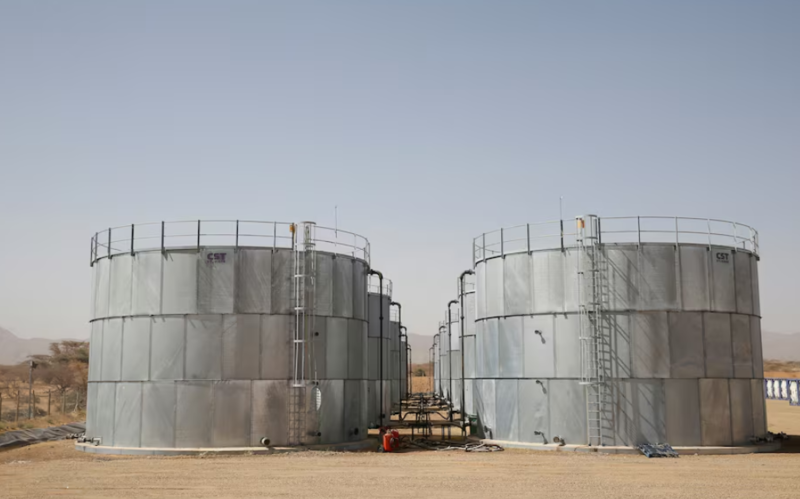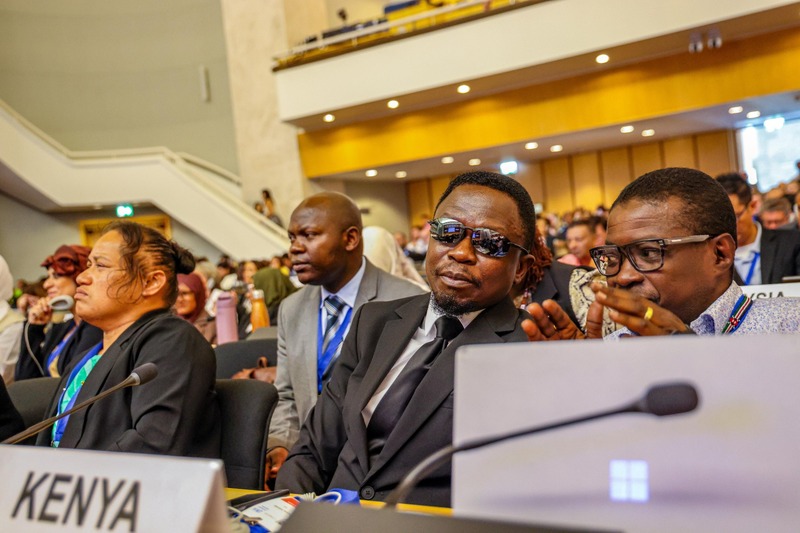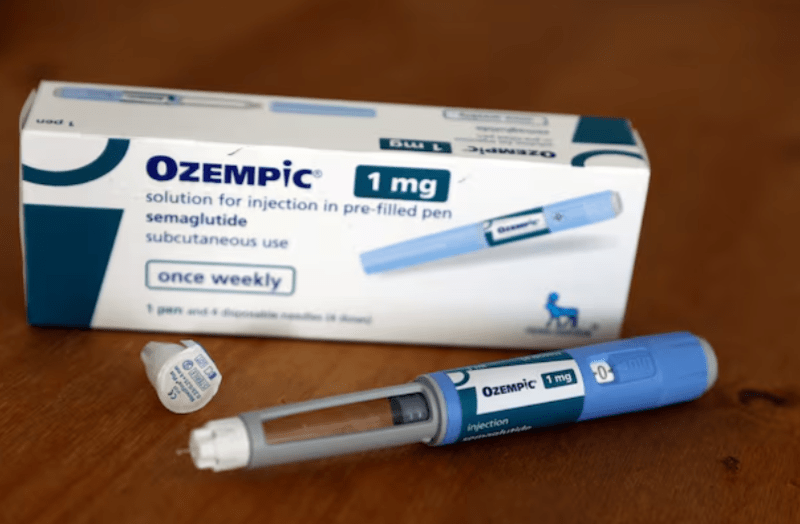Why government’s drought emergency plan failed- PS Kello Harsama

The PS revealed that the government is currently committed to establishing 450 feedlots nationwide and plans to place 5,000 hectares of land under pasture to mitigate the impact of drought on pastoralist communities.
The government’s ambitious Ending Drought Emergency (EDE) plan, which aimed to eliminate drought emergencies by 2022, has been criticised for failing due to poor coordination and inadequate mobilisation of resources, delegates at the Wajir Pastoralist Summit were told.
Principal Secretary for ASALs and Regional Development, Kello Harsama, responding to panellists examining the historical patterns of drought in ASAL regions, said the framework developed by national and county governments in collaboration with development partners was well-conceived but poorly executed.
More To Read
- Extreme weather affects mental health: What vulnerable women in Kenya told us
- UN warns of worsening hunger, disease and displacement crisis in Eastern Africa
- Africans survived 10,000 years of climate changes by adapting food systems – study offers lessons for modern times
- Africa fueling global cropland growth as food demand intensifies - report
- Kenya records 64% decline in severe hunger, but future remains grim - report
- Heavy rains claim three lives in Somalia's Puntland as region swings from drought to floods
“We need to enhance coordination and resource mobilisation to make the EDE plan effective. Thousands of non-state actors operate in ASAL counties but often invest in misplaced priorities,” he noted.
Harsama highlighted an example where a non-governmental organisation spent Sh40 million merely to count non-functional boreholes in Turkana County.
“In Turkana, we have 200 organisations, while Marsabit and Wajir host over 300 NGOs. Many of these funds are misdirected. We need collective efforts and a better harnessing of resources to implement plans that will end reliance on emergency drought responses,” he added.
The PS revealed that the government is currently committed to establishing 450 feedlots nationwide and plans to place 5,000 hectares of land under pasture to mitigate the impact of drought on pastoralist communities.
Harsama called for renewed investment in the EDE plan, which he described as having the best measures to address drought. He also outlined government plans to construct mega dams in ASAL counties, positioning the region as Kenya’s next frontier for food production.
“The ASAL region has vast, productive land suitable for food production. With land diminishing in other parts of Kenya due to increasing population, the government views ASAL as the future breadbasket for the nation,” he told a panel headed by Garissa Governor Nathif Jama, Vice Chair of the Frontier Counties Development Council (FCDC).
Day 2 of PLS 2024 in Wajir County:
— PS Kello Harsama,CBS (@harsama_kello) December 9, 2024
Ending drought emergencies requires proactive action—anticipating challenges,acting early,and building resilience. Together,we can mitigate drought impacts,safeguard livelihoods & ensure sustainable development@ASALs_Regional @EACAffairsKenya pic.twitter.com/hKMpVNvjb9
Officials from the National Drought Management Authority (NDMA), led by their chairperson Shallow Abdullahi, were also questioned on their role in drought intervention programmes and the implementation of the EDE plan.
Shallow noted that while the EDE framework was robust, its implementation was hampered by inadequate resources.
“You can have a fantastic framework, but implementation requires resources. Not much has been done due to a lack of adequate funding,” he said.
The NDMA chair highlighted some of the authority’s drought intervention initiatives from 2021 to 2023, including the Kona Dam in Tana River County, which supports fodder production for livestock. He acknowledged, however, that insufficient resource allocation continues to hinder the achievement of their mandate.
During the session, Kajiado Central MP Elijah Memusi demonstrated a feedlot project he initiated in Kajiado, calling for counties in Asal regions to engage in fodder production as mitigation measures to save livestock death during drought.
"It is very possible to end drought emergencies. We need to embrace fodder production and technology," he said.
He stated that Asal regions had vast land for fodder production for their livestock and exporting to other countries.
He said one acre was able to feed 25 heads of cattle urging counties to embrace food production and fodder banks for the pastoralist.
The summit’s afternoon session focused on finding long-term solutions to challenges in pastoralist areas, including resolving conflicts, developing the livestock sector, securing community land rights, protecting the environment and natural resources, and addressing gender, youth, and emerging issues impacting pastoralist communities.
Top Stories Today

